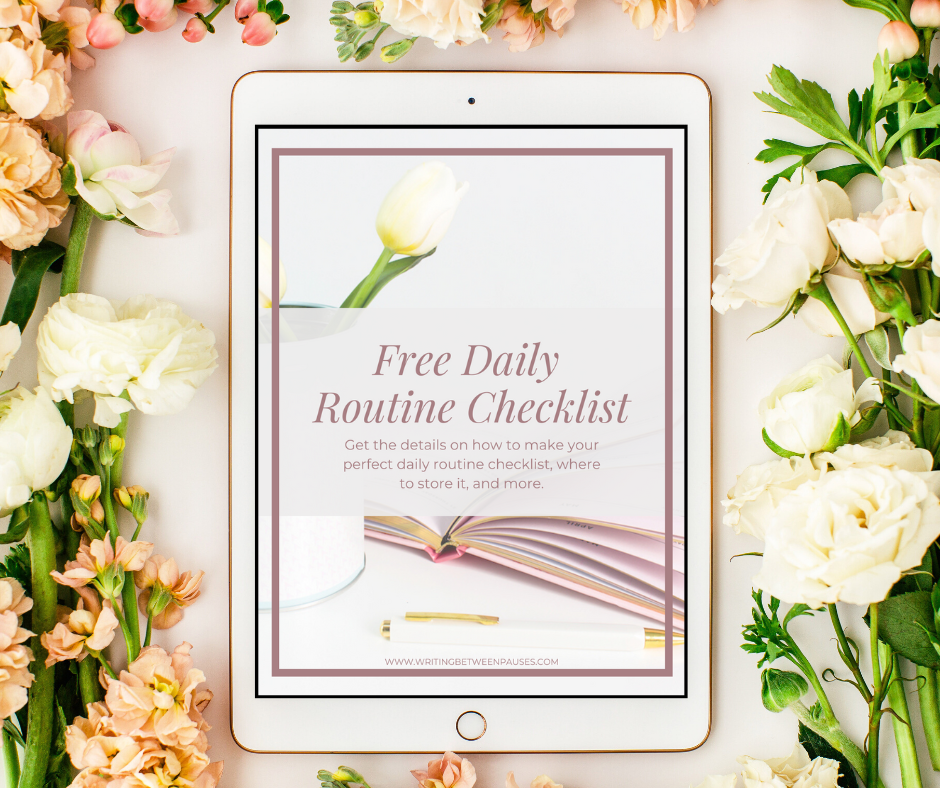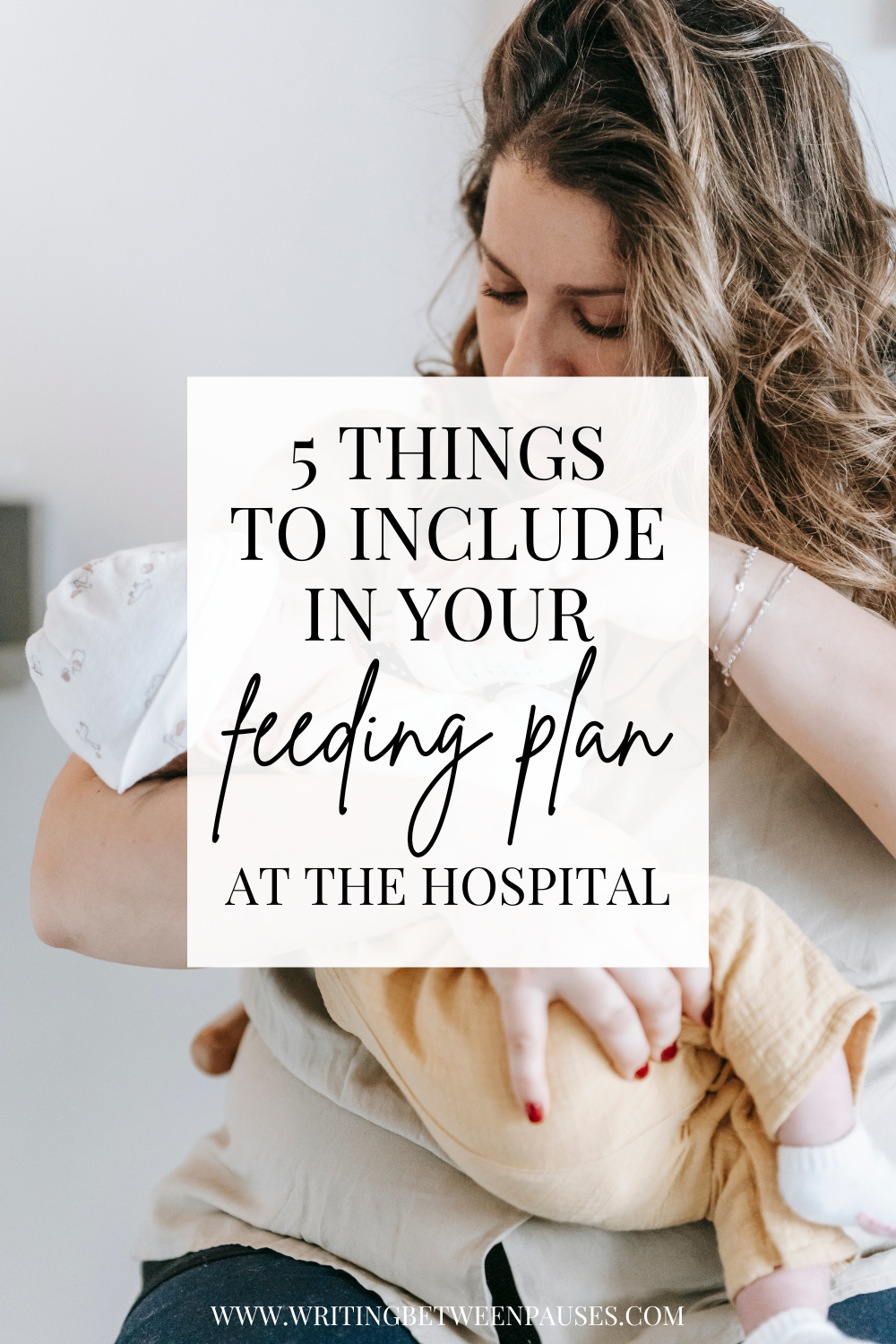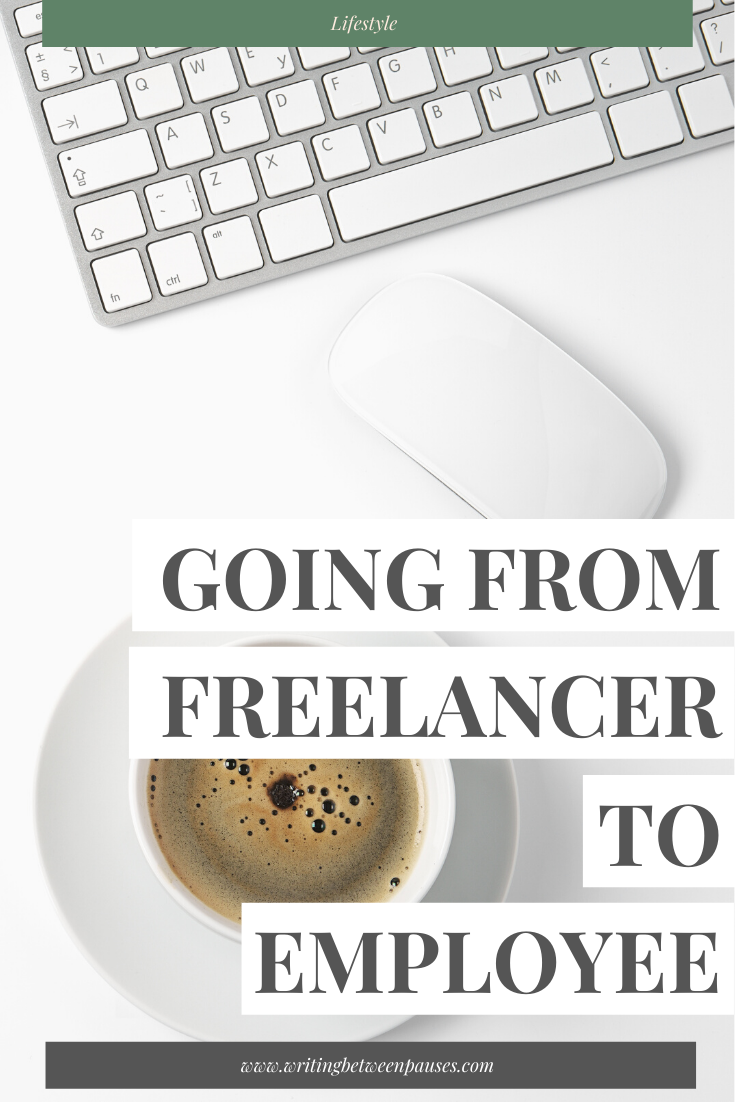Do you get chronic head tension? Do you take a lot of Excedrin Migraine?
Are you me?
I know I’m not alone in having head tension; it’s an incredibly common issue and it can be triggered by long stretches at your computer (guilty), carrying tension in your shoulders (guilty), and stress (also guilty). It goes without saying, but head tension can ruin your day. If I don’t take care of mine (by lying with a heating pad, taking some Excedrin, or relaxing for a while), it can rapidly morph into a migraine… which is exactly what happened to me last weekend.
It’s been a long time since I was so excited to try (and review) a product. But when Hilma approached me in July about trying some of their products, I was really, really excited. Why? Because even though Excedrin Migraine works for my head tension, I don’t exactly love taking it as much as I do. There is definitely a warning on that bottle about only taking a dose every 24 hours and while I never test that, it does make me nervous. Having a natural alternative, or something that I could take to help prevent head tension (or stiff shoulders, or whatever) would make me a lot happier.
That’s where Hilma comes in.
What is Hilma?
Like many people, over the last few years, I’ve started swapping out my cleaning products in my house. Nontoxic soaps, all natural cleaners. They keep everything just as clean without worrying about what you’re leaving behind—especially if you have kids.
The creators of Hilma found themselves doing the same thing and realized there was space in our medicine cabinets for more natural remedies. Here’s a brief summary from their website:
“We needed a NEW STANDARD for getting back on our feet.
When we looked for the products we wanted, we found that the natural options weren’t backed by science. And the products backed by science didn’t hold up to our clean label standards.
That’s when we decided to create the standard we were looking for — NATURAL REMEDIES, BACKED BY SCIENCE.
And now, after two years of research, assembling a world-class team of scientists, and kicking off three clinical studies, Hilma is here.”
(You can read more here.)
Think of Hilma as an alternative to your medicine cabinet staples, made with all natural ingredients that are also backed by science.
I’m always a little suspicious of medical products that claim to be all natural and effective. Often because those things are a little woo-y and ultimately act as placebos. (I’m looking at you, essential oils.) However, the thing I love about Hilma is their dedication to science, funding studies to show the effectiveness of their products, and really looking to improve people’s health without the worry.
I would classify most of Hilma’s products as both treatments and preventatives. You, like me, can take Tension Relief in the morning along with your vitamins (Ritual, in my case). Or, if you find yourself feeling some head tension or stress in your shoulders, you can take it at that moment. It’s an either or situation: preventative or treat.
That doesn’t mean your traditional products won’t have a place in your medicine cabinet anymore, but rather that you have some things to try before turning to the big things.
One more great thing about Hilma: their products are free from milk, egg, soy, and tree nuts, which means if you have an allergy to those (checking in with a soy allergy here!), you can rest a little easier about your medicine cabinet.
What products have I tried?
Here’s a review of everything I’ve tried from Hilma so far.
Immune Support
This is the first product I tried and wow, it’s good. It’s a powdered supplement intended to boost your immune system; it contains Zinc, Vitamin C (Camu Camu), Echinacea, Ginger, and more. You can add it to hot or cold water, or mix it into smoothies, popsicles, whatever you want really. It tastes great plain (hot is best! It’s almost like a turmeric tea). When it comes to immune support, it’s always hard to say “this helped!” or “this didn’t!” but the most important thing is do I feel like I’m supporting my immune system here? Yes, definitely. In college, I basically drank Emergen-C (bought in a huge package at Costco, natch) by the gallon to keep myself from getting sick. Immune Support is an alternative to that: just as much vitamin C, but without all the… extra.
Upset Stomach Relief
Danny has stomach problems—always has and always will. We go through a lot of Tums in our house. Like a lot of Tums. We have the traditional Tums chewables (those chalky ones that I also lived on when I was pregnant), the new chewy kind that have fancy flavors like Peppermint and Lemonade, Rolaids, Pepto-Bismal. We have a lot of upset stomach medicines in our medicine cabinet.
It goes without saying I was really hoping that the Upset Stomach Relief would work for Danny as something he could take in the morning every day and not have to eat so many Tums, Rolaids, and other things throughout the day. At first, he took this just when he started not feeling good. A few hours later, he said, “that really worked. I feel so much better and I haven’t taken any Tums.”
Honestly, if that’s not success, I don’t know what is.
I have also tried the Upset Stomach Relief—after a barbecue in the hot sun where I ate a burger and a hot dog and ice cream because, it’s a BBQ, what am I supposed to do? It helped so much that I was almost a little shocked.
Upset Stomach relief contains Chamomile, Artichoke Leaf, Ginger Root and more and is designed to help acid indigestion, heartburn, and upset stomach.
Tension Relief
Tension Relief is my favorite product. If you can’t tell, it was the inspiration for my intro today. Head tension is something I’ve struggled with for years and I know it’s because I often find myself shaped fully like a shrimp while sitting at my desk. I carry all my stress in my shoulders. When I go to the chiropractor, he always says, “Your top vertebra has just decided not to come to work today.” This is not uncommon for women my age who work jobs like mine (at a desk, in front of a computer, typing 85% of the day).
Like I said, I take a lot of Excedrin Migraine, but I know that ibuprofen is simply not good for my stomach. It’s just not! If you take too much, you’re in serious danger and I don’t like thinking about that too much.
I was so excited to try Tension Relief. I’ve been taking it every single day since I received it; I usually just take one capsule in the morning alongside my vitamins and then, if I need a second later in the day, I’ll take it. I’ve definitely noticed less head tension. There are somedays where I still will get a tension headache, but I think that’s just kind of the way it is sometimes. Even with Excedrin Migraine, there are days where it doesn’t come close to touching my head tension.
If you get chronic tension headaches, I think this is the one product you should order immediately. The others are good, but this one is so good.
Tension Relief contains White Willow Bark, Magnesium, Boswellia, Feverfew, and Skullcap, ingredients that are proven to help relieve tension.
Want to try Hilma?
I think you’re going to love it. You can use my code at checkout to get 20% off your first order!
Disclaimer: links throughout this post are affiliate links. Using these helps me keep the lights on here at Writing Between Pauses. You can learn more about my disclosure policy here.



































